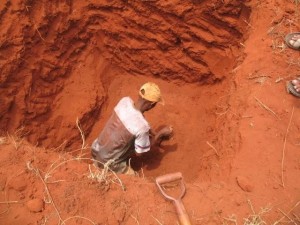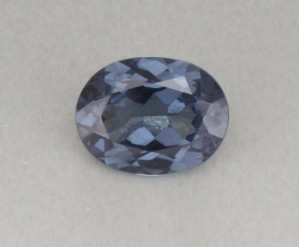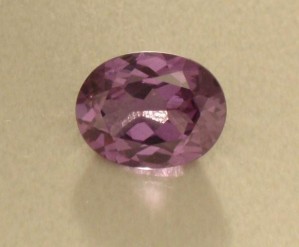by Richard W. Wise, G.G. © 2009
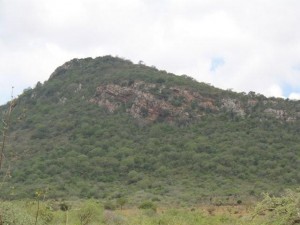
Mgama Ridge: Probably the source of the alluvial garnets found in the plain below. Photo Raja Shah, Color First
As Raja Shah tells us, it is a story typical of gem strikes from the plains of Kenya to the Australian outback. While digging an outdoor privy, a ranch hand working in the gem rich region of Taita Tavita happened upon some unusual looking stones just a few feet under the surface and showed them to a local gem dealer.
Late last November I received an email from a budding young gem dealer living in Voi, a town near Tsavo National Park, half way between Nairobi and Mombasa. He had a copy of my book Secrets and wanted to order more. Further he wrote excitedly of a find of Alexandrite somewhere nearby. “It looks just like the picture in your book.” Well, sometimes where there is smoke, there can be fire.
Once the word got out, thousands of independent miners descended on the area and began excavating private land and even a section of adjacent road where according to Shah a number of fine stones were located. The material is alluvial and appears to be spread out along a just south of Mgama Ridge (pictured above left)
The strike turned out to be color change garnet, the best of which is similar to a find in the late 90s near the village of Bekily in southern Madagascar. Small amounts of color change garnet of this description has been showing up in East Africa for years. The first example I saw was in Kenya in early 1995. A Nairobi dealer had a 1/2 carat oval that bore an uncanny resemblance to Brazilian Alexandrite—the same teal blue peacock color that the Brazilian garimpeiros call peacock blue or pavão.
Color change garnets have been found previously in Umba and Tunduru, Tanzania and in Embilipitiya and Athiliwewa, Sri Lanka and most recently on the island of Madagascar, in the southern part of the island near the village of Bekily.
Although some of the garnets from the aforementioned location do have the much desired “Alexandrite like” color change, it was the discovery of the Madagascar location that brought reasonably large amounts of alexandrite like garnet into the marketplace.
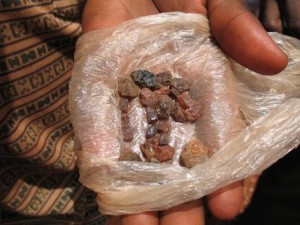
The range of color in garnet rough material from the new Kenya strike. All photos courtesy of Raja Shah, ColorFirst
According to Shah, the material comes in a range of hues with a predomince of brownish stones, only about 5% of the material has the most desired red/purple to teal blue change and only about 5% of that material is suitable for faceting.
The Madagascar material has been described as pyrope-spessartite with small percentages of almandine and grossular. This description is not particularly useful, relying as it does on a classification system that has been out of date for years. Apparently the garnet for the new Kenyan strike, described as pyrope-spessartite with grossular, is chemically similar. Again, like the Madagacar material, the color change is most likely associated with Chromium/Vanadium.

